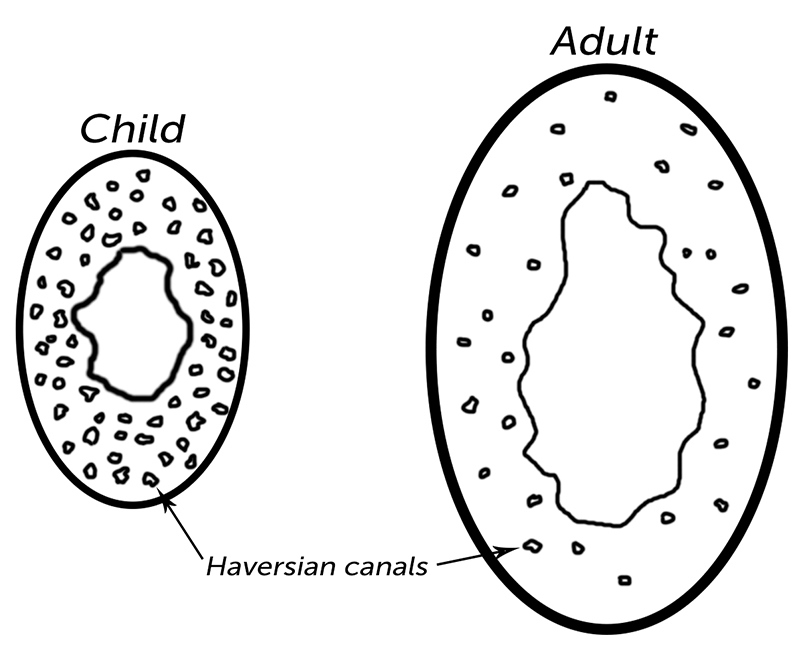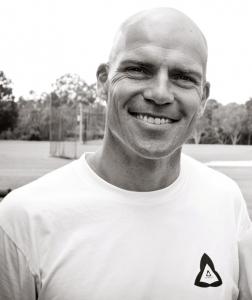Tips for Training Children
i was asked if i had any tips for training children who run that can be employed to not only maximise the benefits of running but also minimise the chances of injury both short-term and long-term?
And the answer to that is a very big YES! In fact this is a subject i am very passionate about.
Let me explain…
If you’ve ever watched and paid close attention to children when they’re out and about actively playing (the same thing goes for baby animals), when they run, they run in spurts.
And then they rest!
Racing over to here! Running over there! Then rest!
Run away from them! Run towards them! Then rest!
Over and over again! For hours on end!
For that is the nature of being young! Spasmodic and sporadic!
Are we here to work or play?
One thing that does concern me when i’m on an oval or park teaching and/or exercising, is when i see children being trained like they were adults!
For example, in early 2019 i remember one little girl (i guessed she was aged around 9) who started turning up every Saturday morning with her Dad at the athletics track where i hold TriBreath classes. From the time they arrived to the time they left, all she did was run and it appeared all she did was focus on keeping up with her Dad!
One could figure that was a good thing. She’s outdoors exercising; her father’s there for her.
But unfortunately her body didn’t look (in my opinion) comfortable and at ease.
From the time she arrived, she appeared to be pushing her body.
Within a couple of months, by the end of their sessions she was pulling-up limping. i believe the reason she was pulling up in a damaged way was because she was running too far for her young body’s bones to compensate and repair for the impact her lower extremities (hips, knees, ankles, feet) are exposed to due to the forces “the action of running” can create.
On average i worked out she’d run from about 7 kilometers (4.3 miles) to 12km (7.5m) and didn’t stop until her Dad stopped. Truly, within a year the way that little girl was walking when she arrived and walked when she finished their session was so different. To me it was both heartbreaking and unnecessary!
i so wanted to have a yarn with the Dad on many occasions but a clean opportunity never presented itself even though i tried to spark up a conversation with him on quite a few occasions.
Would he have considered what i would have liked to share with him i don’t know.
What i would have shared with him is the reason i believe it is not beneficial to both children (and young dogs for that matter) to run for extended distances like an adult can, is because of bone structure/bone density!
The porosity of youth
You see when you’re a child (and young animals for that matter), your body’s bone density is considerably less than that of an adult. Young bones are so much more porous and flexible than adult bones are.
Within the juvenile bone, there’s more open space in the form of canals. These canals are what is called “Haversian canals”. When we’re children, these canals occupy a larger space in our bone giving our young bones a greater ability to bend.

Where running is concerned, i believe (when we are children), that prolonged impact when running over a distance can cause an unnecessary “compressive” energy between the hip, the thigh bone (femur) and the shin bones (tibia & fibula). That is between hip, knee and ankle. Injuries where there is compression of the bone in children are called “Buckle injuries”.
If this action is a regular occurrence (again this is what i believe to be true based on decades of observation and practical application), the ability for young porous bones to spring back to what i call Factory Default Settings (FDS) becomes compromised and as such, the original design can be unduly altered due to the force of compression & compaction that can be placed on the body through the action of running.
I’m too old to run!
One of my mates who is now in his 50’s believes himself unable to run and hasn’t been able to run for many decades because of old injuries. He believes running is no good and i’ve spoken to a lot of people who hold the same if not similar belief that running is no good for the human body. When he shares his memories of running in his youth, he was in the long distance running team from about the age of eight and was in the state team when in his high school years.
Were his long-term injuries caused by the “compression” of his young bones when porosity was at its greatest?
One can only surmise, but to me there’s certainly enough evidence to consider the possibility as presented.
Am i saying that children shouldn’t run? Absolutely not!
What i am suggesting is for all of us to be mindful (whether you’re a Mother, a Father, a guardian, a trainer or coach) on the quality of the movement, not the distance the children are running.
It is for the reasons stated above that i believe spasmodic sprint work is the best work for children. Just like a pup!
When they get into their teenage years, the distance they run can be increased simply because as teenagers their bone density is a lot more solid than that of a 10 year old.
If you want to run kilometres with children, break down your run into sprint walk sessions.
Quality over quantity
For instance, start with a slow jog, go straight into a sprint, then drop down into a very slow jog, crack in another sprint and walk for a distance. Maybe throw in some shoulder and arm strengthening work, because the truth is, running is all in the arms!
It’s the legs that follow the arms and if your arms aren’t strong enough there’s no way you can maintain your body’s pace, composure and breathing cycle without placing excessive forward directed impact on the knees and legs caused by the throwing of the head forward to help maintain momentum.
And this is not what we wish to do!
The human body is mechanically designed to run and can experience very little impact when the correct mechanics of running are applied. Have you ever noticed how some runners just glide across the earth?
It’s all about mechanics, the timing of the breath and the placement of the skeletal structure (the bone).
Break up your sessions… don’t focus on distance!
Trust me! If you consider and think about what i’m sharing with you here, your kids will still be able to run late into their adulthood, even if they don’t wish to!
If you have any queries, let me know!

Brett Hayes
TriBreath™ Coach
START LEARNING TRIBREATH™ TODAY
MAXIMISE YOUR POTENTIAL BY JOINING THE TRIBREATH MEMBERS COMMUNITY


